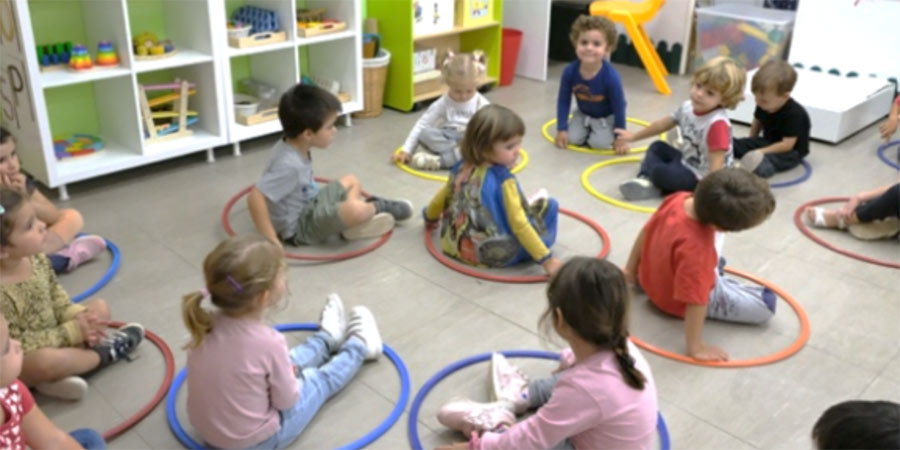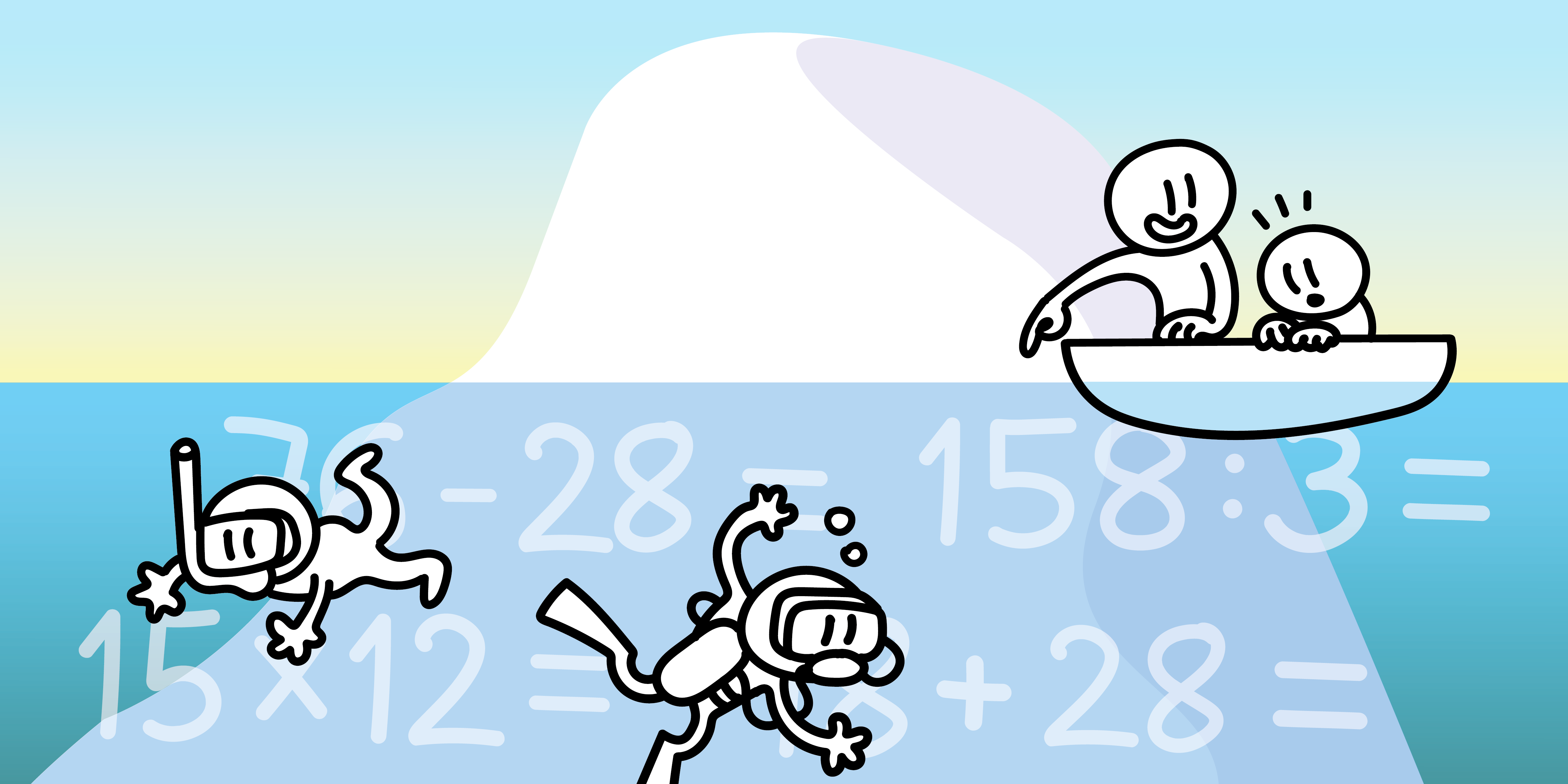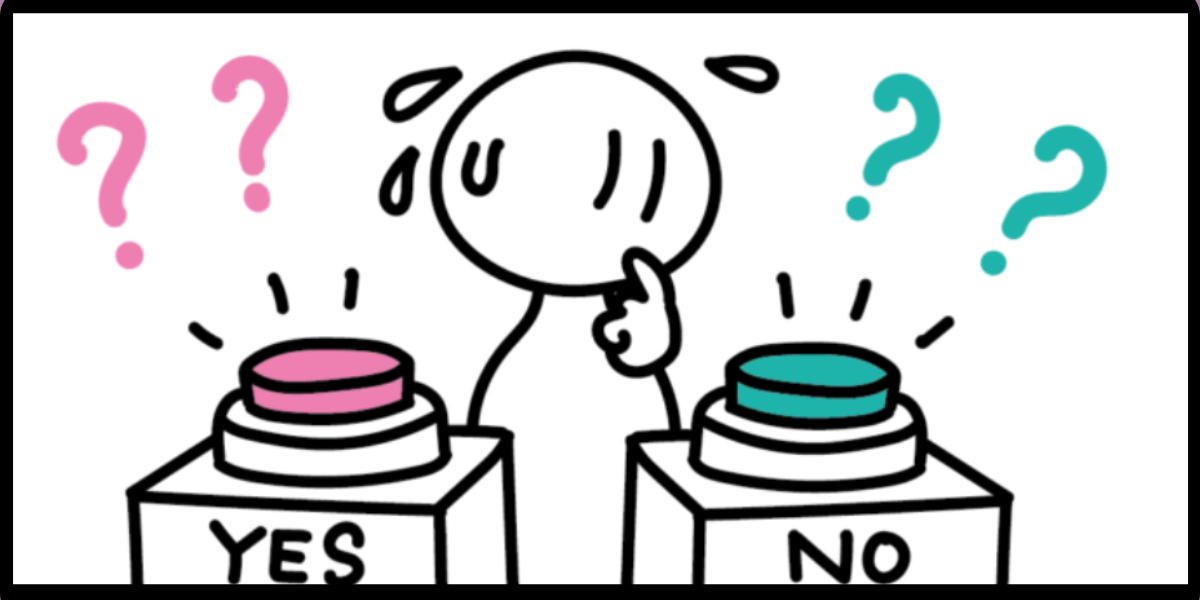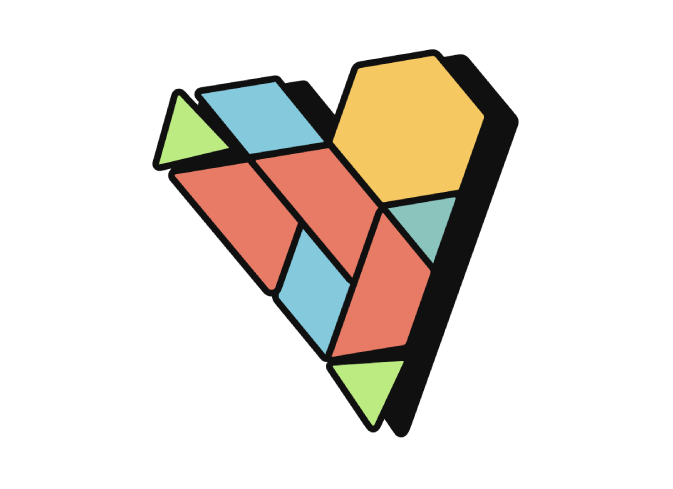Maria Antònia Canals said it is virtually impossible to tell when children enter the world of numbers. However, today we know that babies are born with an incipient ability to recognize and estimate certain amounts “by eye,” or at a glance; that is, without the need to count. This is known thanks to research that has been conducted with babies (Antell & Keating; Starkey & Cooper). While this process of recognition and estimation is very effective with smaller quantities, especially with one and two objects, the ability gradually disappears as the quantities increase. Nonetheless, this shows that we are already biologically equipped to focus our attention on quantitative aspects of reality. We also know that the process required to develop this content—the concept of numbers—requires considerable experience and time. According to Dickson, Brown, and Gibson, it takes approximately five years: between the ages of two and seven.
A child’s first experiences of quantity have to do with their own body. I am one, and I have one head and one belly. But I also have two eyes, two hands, two legs, etc. Therefore, children develop the numbers one and two intuitively, so that by the time they start school—at around two or three years old—most are able to recognize and differentiate these two quantities. Children also start to perceive objects as separate from themselves and to establish relationships between them. Quite some time must pass (often about a year) until they acquire the concept of three; that is, what is means to have three objects. This is normal because this number, along with the ones that follow, is entirely external to them (Canals).
We also know that, at these ages—two, three, four, five years old—the main channel for acquiring knowledge is perceptual (Piaget & Inhelder). Naturally, children focus on the qualities of the objects rather than the quantities. These qualities include colors, shapes, sizes, etc. This makes sense when, from a set of objects, they discriminate or separate those that are red from those that are not, or when they focus on the presence, or absence, of a particular quality in each object. Meanwhile, focusing on quantity requires them to establish a relationship between all the objects in the collection being studied. If I make a set of red objects, all of them are red. If I make a set of four pieces, the feature that I’m focusing on is not present in each one. To conclude that there are four pieces, it is necessary to establish a mental relationship between all these objects (Kamii). In turn, this requires a process of reflexive abstraction, which is more complex than perceptual abstraction.
So, let’s review what happens from birth to the first year of school (around 3 years old). We are born with certain biological abilities to focus our attention on quantity. The experience and distinction of the quantities one and two are developed within oneself. However, at these ages the child is immersed in a perceptual period; knowledge is mainly acquired through the senses: sight, touch, hearing, smell, and taste. Recognition of the quantities three, four, and the numbers that follow requires a process of reflexive abstraction, which is different from the type used when recognizing perceptual qualities. This is because quantity, or the number of items, is not a property of each individual object but of the group of objects as a whole.
Because of all this, at school we help children to focus their attention on quantitative aspects, whenever possible, in real-life situations (1). However, we also create didactic situations (2), in which, using playful, literary, motor, musical, or other resources, a context is developed to recognize, create, discuss, and represent the new quantities that we are learning. The idea is also to create small, fairly independent tasks (3) to help them internalize the signs and words that identify and order numbers, while also consolidating the notion of the quantities being developed. In other words, at school we guide them to use, in addition to perception, reason and social knowledge to learn and construct the first numbers.
What can we do at school to accompany this learning?
1. First of all, it is useful to create situations where it makes sense to focus on the quantitative aspect—on the number of items in a collection—without initially using the words that designate numbers. That is, rather than saying whether there are two, five, or eight, it is best to use quantifiers. These are words or expressions that refer to non-specific quantities, such as: many, few, all, none, some, one for each, more than, fewer than, as many as, some items are left over, some are missing, etc.
Situations in which we can apply these terms appear very often on a day-to-day basis. For example: Is there a piece for everyone at your table? Are there enough chairs for all the children? Are there more students in this corner or in that one over there? Most of these situations are solved by matching the objects in one group with those in the other. However, the two groups are eventually compared to each other, leading to the relevant quantitative conclusions, such as: Is there a piece for everyone at your table? “There is not one piece for each student. There are more children than pieces. Some pieces are missing to make it so there are as many as…” Therefore, taking advantage of situations where it makes sense to focus on quantities using quantifiers is a great initial resource.

Are there more hoops, more people, or the same number? Is there one hoop for each student? What happened? Are there any hoops left over? Are any missing?
Later on, once the students have discovered the purpose of counting, they will be able to solve the same situations by counting and comparing. However, as noted by Kamii, counting cannot be imposed; rather, children must be guided to discover it as a useful tool for solving real-life situations. It is important to allow them to choose the resource they want to use for comparing collections instead of forcing them to count when they’re still not ready. One thing is knowing how to count mechanically. The other is choosing to do so when a question needs answering.
In this first category, all the everyday moment activities are also relevant: The Calendar, How Many Students Are Absent Today?, The Weather, What Are We Doing Today?, etc. That said, at this age, we focus more on the use and meaning of these cultural tools (Rogoff), and less on the ability to solve numerical situations independently (which will come later).
2. At these ages, and throughout the second cycle of early years, the idea is to use stories, songs, dances, and other resources from both popular folklore and authored works that feature the first numbers and quantities, in order to recognize, explore, and internalize them.
For example, the elephant song, Goldilocks and the Three Bears, or The Dance of the 4 Cricks. These contexts give students the opportunity to become elephants, bears, or Cricks and make groups with specific quantities, whether with the children themselves or movable pieces that represent the characters. They also allow them to start representing their own experiences, where the quantities they have already worked on start to emerge.

We get into groups of four to dance. We get into our positions and move in twos, both when dancing and when representing the dance with materials. Finally, we represent it graphically on the blank page.
3. Alongside these two main resource categories that focus on each student’s construction of the concept of numbers, we will also introduce the cultural conventions chosen by our society to name and represent them; that is, the words and signs that identify each number.
Therefore, we will play card games that involve numerals, sing songs in which we recite the number sequence beyond the number we are working on, move along a ladder of ordered numbers, begin to reproduce the numerical symbols we are learning (writing), construct quantities based on a given numeral, etc. In this section, we will also include some short games, such as making packets or other finger games.
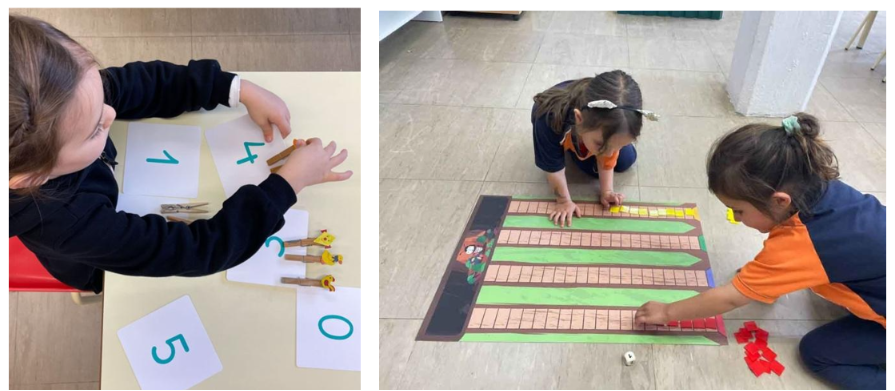
We attach as many clothespins as each number tells us. We fill in the path to get to the Crick’s house by placing as many pieces as the number on the die.
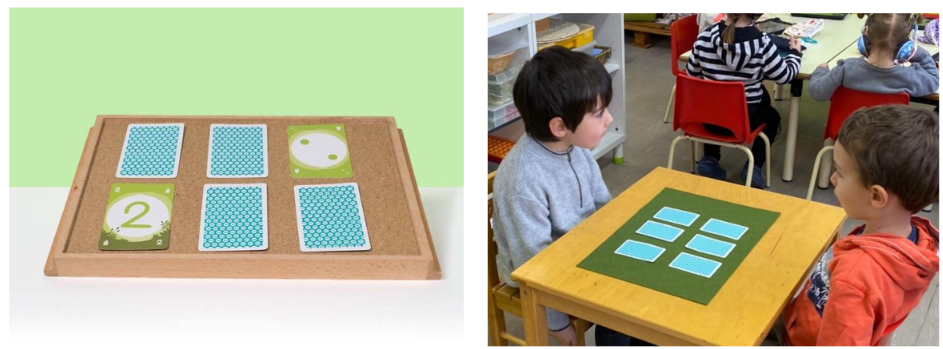
We play Memory by matching cards that refer to the same number. We match numerals and quantities; the same quantity represented in different ways, the same symbol twice, etc.
Taking a general look at all these activities, it becomes clear that, whether through everyday situations, playful resources, or more independent lessons, what we are suggesting is that the students participate in a great deal of manipulative activities with objects. Activities that start with a challenge or question and require the student to engage both physically and cognitively. As noted by Piaget, we know that internalizing an action leads to the structuring of thought and, in this case, the first numbers are developed.
Mequè Edo
References
Antell, S. E., Keating, D. P. (1983). Perception of numerical invariance in neonates. Child Development, 54(3), 695–701.
Canals, M. A. (1989). Per una didàctica de la matemàtica a l’escola, I. Parvulari. Eumo editorial.
Dickson, L., Brown, M., Gibson, O. (1991). El aprendizaje de las matemáticas. Labor.
Kamii, C. (1984). El número en la educación preescolar. Visor
Piaget, J., Inhelder, B. (1977). Psicología del niño. Ediciones Morata
Piaget, J. (1972). Ou va l’education? Denoël.
Rogoff, B. (1993). Aprendices del pensamiento. El desarrollo cognitivo en el contexto social. Paidós.
Starkey, P., Cooper, RG. Jr. (1980). Perception of numbers by human infants. Science, 210(4473), 1033-1035.

